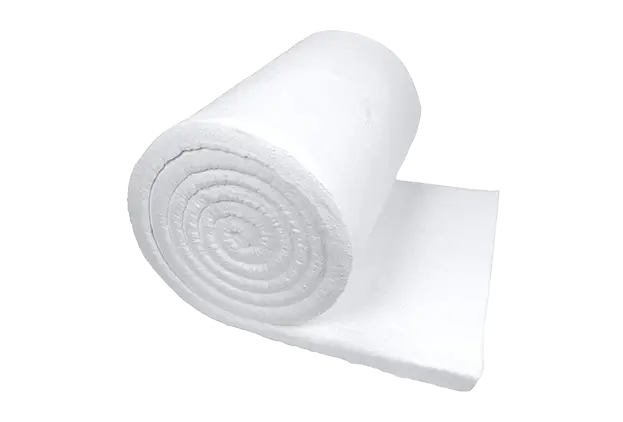In today’s industrial landscape, the demand for energy efficiency has never been more significant. This is particularly true in high-temperature applications where traditional insulation materials often falter. Enter ceramic fiber insulation—an advanced solution designed to meet the exacting standards of high-temperature settings while promoting energy conservation.
High-temperature insulation plays a pivotal role across various industries, including metallurgy, glass production, and ceramics. It serves to protect equipment, enhance safety, and improve operational efficiency. However, insulation materials must endure extreme temperatures that can reach upward of 1,500 degrees Celsius without compromising their integrity.
Ceramic fiber insulation blankets stand out due to their unique composition and properties. Made from high-purity alumino-silicate fibers, these blankets are not only lightweight but also possess excellent thermal resistance. This allows industries to maintain optimal temperatures while minimizing heat loss.
One of their most significant advantages is the reduction of energy consumption. With enhanced thermal performance, facilities can operate more efficiently, translating to lower utility bills and minimal environmental impact.
Energy efficiency is not merely a trend but a necessity in high-temperature industries. By incorporating ceramic fiber insulation, companies can achieve superior performance, reducing the amount of energy required to maintain high process temperatures. This can lead to a notable reduction in greenhouse gas emissions, illustrating a commitment to sustainability.
Additionally, ceramic fiber insulation contributes to safer operational conditions. It minimizes the risk of burns and other thermal hazards, thereby protecting personnel and machinery alike.
In conclusion, the evolution of energy-efficient practices in high-temperature industries is heavily reliant upon advanced insulation solutions. Ceramic fiber insulation not only meets the rigorous demands of high-temperature applications but also offers compelling benefits in energy efficiency and environmental sustainability. The integration of these materials into industrial processes represents a significant step forward in promoting responsible energy use without compromising performance.

